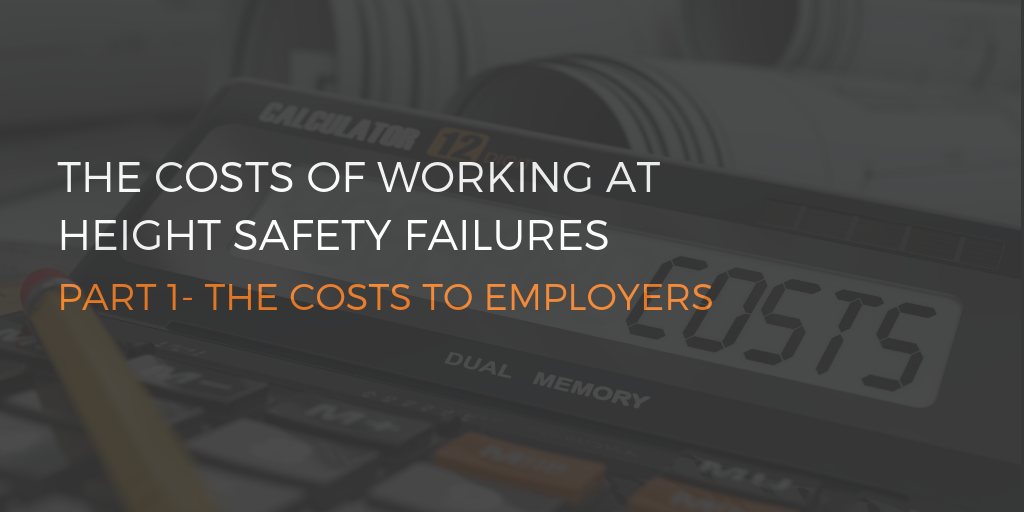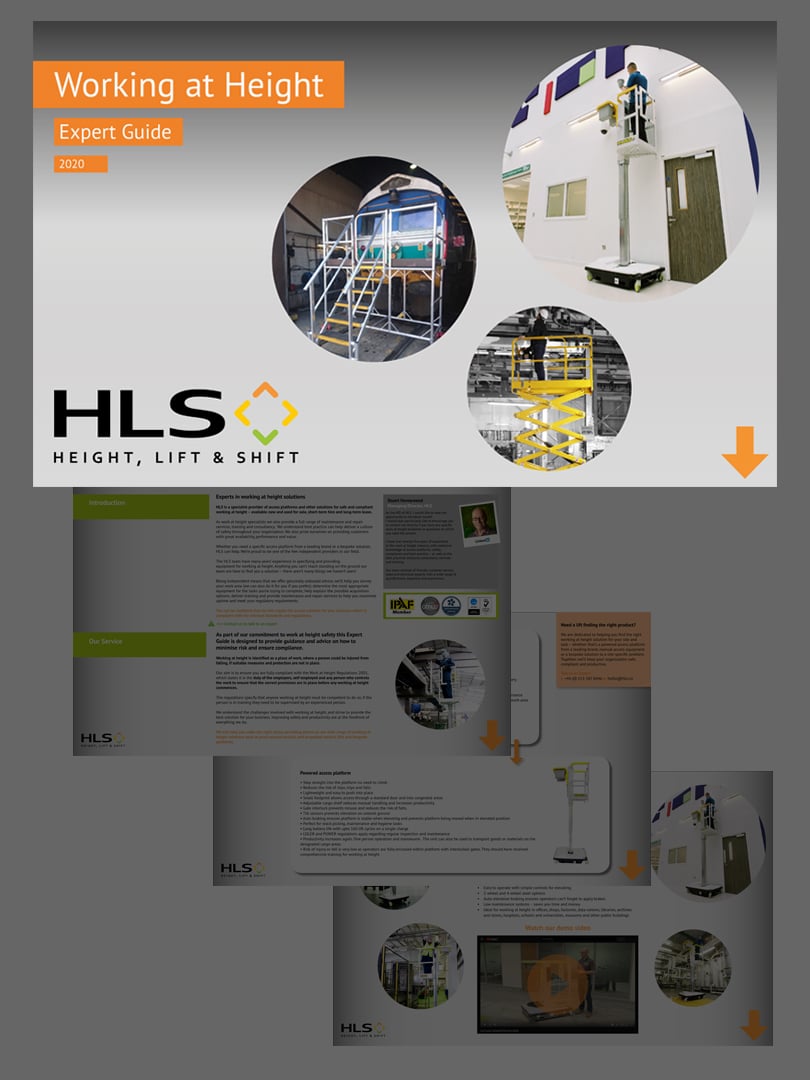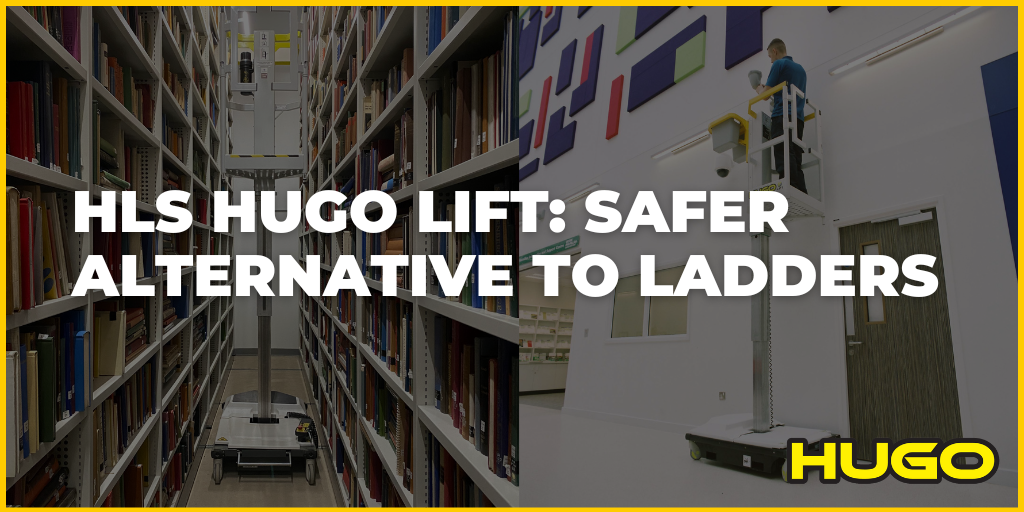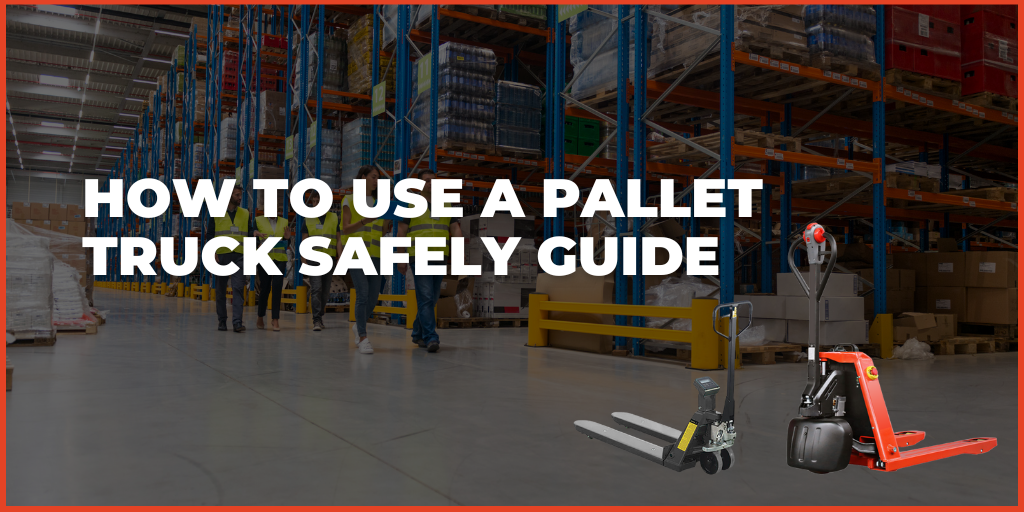When the Work at Height Regulations are not applied both the ‘human’ costs and the financial consequences associated with a HSE investigation and breach may be very high.
In this 3 part a blog series, we’ll be carrying out a thorough analysis of the cost of work at height failures to your organisation.
We will at look how the impact of work at height safety failures can be measured in terms of ‘human’ costs (the impact on the individual’s quality of life and, for fatal injuries, loss of life), and ‘financial’ costs, such as loss of production and healthcare costs.
In addition, we will also be exploring what are the most common work at height accidents and how such incidents can be avoided through awareness, culture, controls, qualified personnel and equipment.
In this blog, we will focus on the financial costs associated with a serious work at height accident.
INVESTIGATIONS, FINES AND PROSECUTIONS
The Health and Safety Executive is the national regulator for health and safety in the workplace, and they inspect, investigate, and enforce safety requirements.
Businesses who are found to be at fault during an HSE investigation may be prosecuted under a variety of safety laws, and business owners face significant fines and prosecutions.
Here are a few examples of recent HSE investigations which resulted in financial penalties.
-
Appliances Manufacturer fined £700,000 after a fatal 5 metre fall from a MEWP. The HSE investigation found a conflicting task destabilised the MEWP which should have been identified in a risk assessment.
-
International Engineering Group fined £3.8 million after a fatal incident involving a MEWP. The HSE investigation found there was no system of pre-use checks in place and this was a major factor in the incident
-
British Supermarket Chain fined £2.5 Million after a 3 metre fatal fall. A lack of risk assessment and planning was a major factor in this prosecution
-
Food Manufacturer fined £1 million after a fatal 3 metre fall. The employer providing incorrect equipment and insufficient permit to work controls were found at fault in this instance
HSE FINES ARE ON THE INCREASE
UK safety fines rose 80% in first year of new sentencing guidelines introduced in 2016.
This is the third consecutive year in which financial penalties have soared. New guidelines introduced in 2016 linked the level of the fine to the offending organisation’s turnover.

Fees for Intervention (FFI)
In addition to financial penalties being imposed for breaching health and safety laws, your company may have to pay Fees for Intervention if a ‘material breach’ is discovered. You will have to pay for the time it takes the HSE to identify the breach and help you put things right. This includes investigating and taking enforcement action and is called fee for intervention (FFI).
Fees for Intervention are currently based on an hourly rate of £129. When you consider the time needed to complete a full health and safety investigation, this means a huge sum of money could become due in addition to the fine.
Potential prosecution for directors
Officers of the company can be held personally liable for breaches in health and safety regulations, and HSE may prosecute the company and its officers at the same time. The consequences of being found guilty of health and safety negligence can include imprisonment in the most serious cases, as well as disqualification as a company director for up to 15 years.
HSE fines of up to £20,000 are common, and in cases of serious negligence they can be unlimited. This has serious implications for the future, potentially resulting in company insolvency and personal bankruptcy.
Additional cost to employers
In addition to the financial costs and potential prosecution risk associated with a HSE investigation and breach, employers can incur additional expenses such as extensive legal fees, compensation and sickness payouts, excess payments of any insurance claims and recruitment costs.
While the above expenses can be easily calculated, the most expensive costs are the ones that are harder to calculate. These are also the ones that are often not covered by insurance, for example:
-
Damages to reputation
-
Damages to property, equipment, tools, plant and product damage
-
Loss of production and sick days that accompany most workplace injuries
-
Extra wages for overtime, temporary training and labour, payments to other uninjured workers (such as those who stopped working to care for the injured employee and the ones that require tasks completed by the injured party)
-
Delay of production and overtime costs
-
Contract loss and inability to meet deadlines
-
Clearing the work area or site
-
Time management spent taking care of the injured party, investigations into the accident/incident, supervision of the activities required to ensure the business runs smoothly again
-
Loss of experience and expertise of the injured party
IN SUMMARY
The financial implications of a serious health and safety breach are, therefore, immense.
With the risk of turnover related health and safety fines now being so large, FFI’s, prosecutions and additional costs such as damages to reputation to take into account it’s essential that all company directors and employees take their responsibility for ensuring safety when working at height very seriously.





